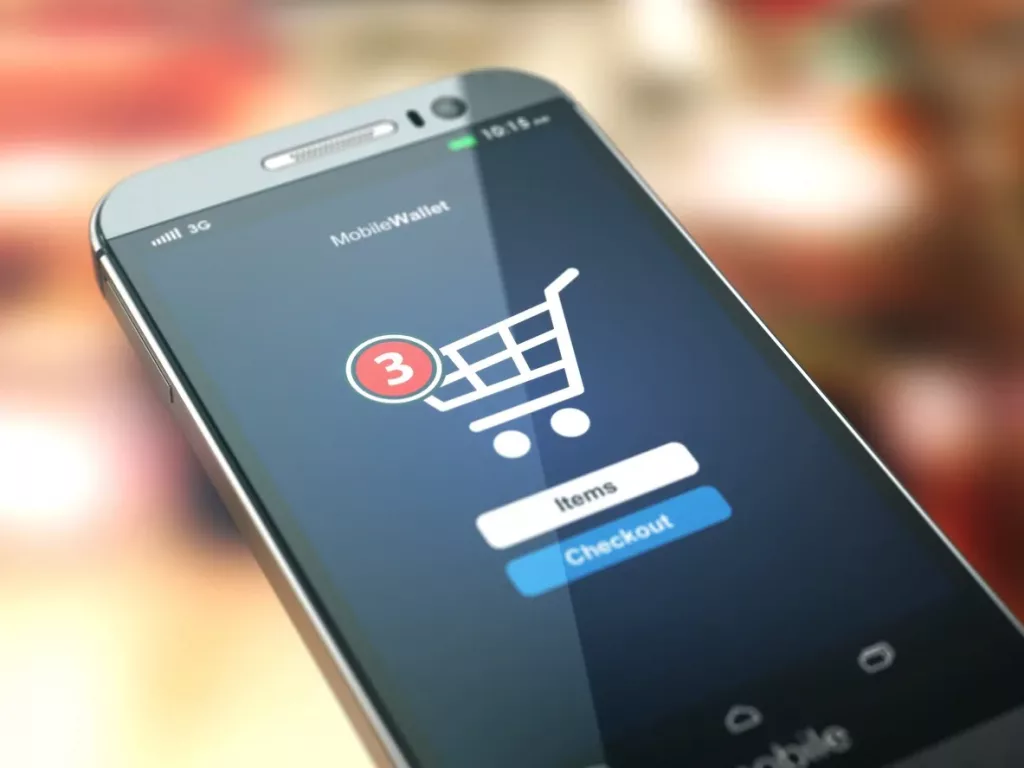14 December 2020|Business Growth, Latest Posts, Resources

By Abigail Brodie, Vice President Sales, DHL Express. There is no doubt that this last year has been an extremely challenging time for many small businesses, with almost constant change and an unprecedented number of obstacles to navigate. However, there has been some opportunity amidst the upheaval particularly for those businesses with an e-commerce presence, and with an international customer base, that were able to find ways to minimise disruption.
For those looking to safeguard against further disruption, Covid-19 related or not, establishing or extending an e-commerce offering can be of great help. So, what do businesses looking to take these steps need to know? Learning from the experience of the last few months, transparency, communication, a focus on safety, and a good logistics partner all have been the foundation of success for many and are simple steps that can be taken with great results.
Build trust with transparency
With disruption comes uncertainty, as was the case with the Covid-19 pandemic, as both businesses and consumers faced an uncertain future. In order to secure custom in this climate businesses need to ensure that customers are confident in their ability to meet their needs. First and foremost this can be done by clearly communicating the impact of any disruption on the homepage, and in the shipping options.
Visitors will often land directly on a category page or product detail page, bypassing the homepage, so consider adding important information near the purchase button and reiterate again if delays are expected. Lowering your free-shipping threshold can also be an easy way to boost conversion and revenue online, however, it’s important to be clear if it is a limited time only offer.
In this same vein, establishing an FAQ page to answer important customer questions is a key step to get ahead of customer concerns and reassure shoppers. Likewise, in times of significant disruption it’s prudent to prepare for an increase in customer service enquiries, and ensure the resources are in place to respond in a timely manner.
Engage with your consumers
Welcome shoppers with empathy. Be understanding of the uncertainty they are experiencing and the challenges they might be facing in their personal lives. Using encouraging, positive and reassuring language can make all the difference when it comes to how your customers see your business, so take the time to ensure that your website connects with your shoppers in the way you want.
Alongside your website, social media is a key channel to quickly and effectively communicate with your customers. Here you can express warmth and compassion while delivering your message and providing regular updates. Using images can help catch the eye of potential future customers and help to illustrate that business is running as usual.
Prioritise safety
Importantly, let your customers know that you are prioritising safety, both theirs and that of your employees. Ensure that your partners are maintaining the rigorous standards you’d expect for your own business, and if possible communicate these to your customers to build their trust.
It is crucial that all of your processes and that of your partners are in line with government and authority guidelines, and that these constantly changing operations and regulatory requirements are conveyed clearly to all parties involved.
Be confident in your logistics partner
Finally, if moving online for the first time, make sure that your logistics partner is dependable, flexible, and transparent with both you and your customers. It is also worth looking into adding an Express option to support further growth. Going global from the start is something we very much advocate and see our customers do very successfully.
You should inform your customers on who you are working with and ensure that they can meet your expectations. Think about what is important to you and key to achieving good customer service, and ask yourself if your chosen partner offers this. For example, do they provide flexible delivery options? Do they communicate with their network on a regular basis? How are they ensuring the safety of their employees and customers? Make sure you know the answers to these questions.
By following these steps and being empathetic to the uncertainty that your customers are experiencing, it is possible to strengthen existing customer relationships and build new ones – even in the most difficult of times. Through transparent, precise and consistent communications throughout the whole customer journey, organisations will be able to minimise disruption and make a quick return to business as usual.
- lisafoundersitehttps://thesuccessfulfounder.com/author/lisafoundersite/
- lisafoundersitehttps://thesuccessfulfounder.com/author/lisafoundersite/
- lisafoundersitehttps://thesuccessfulfounder.com/author/lisafoundersite/
- lisafoundersitehttps://thesuccessfulfounder.com/author/lisafoundersite/



